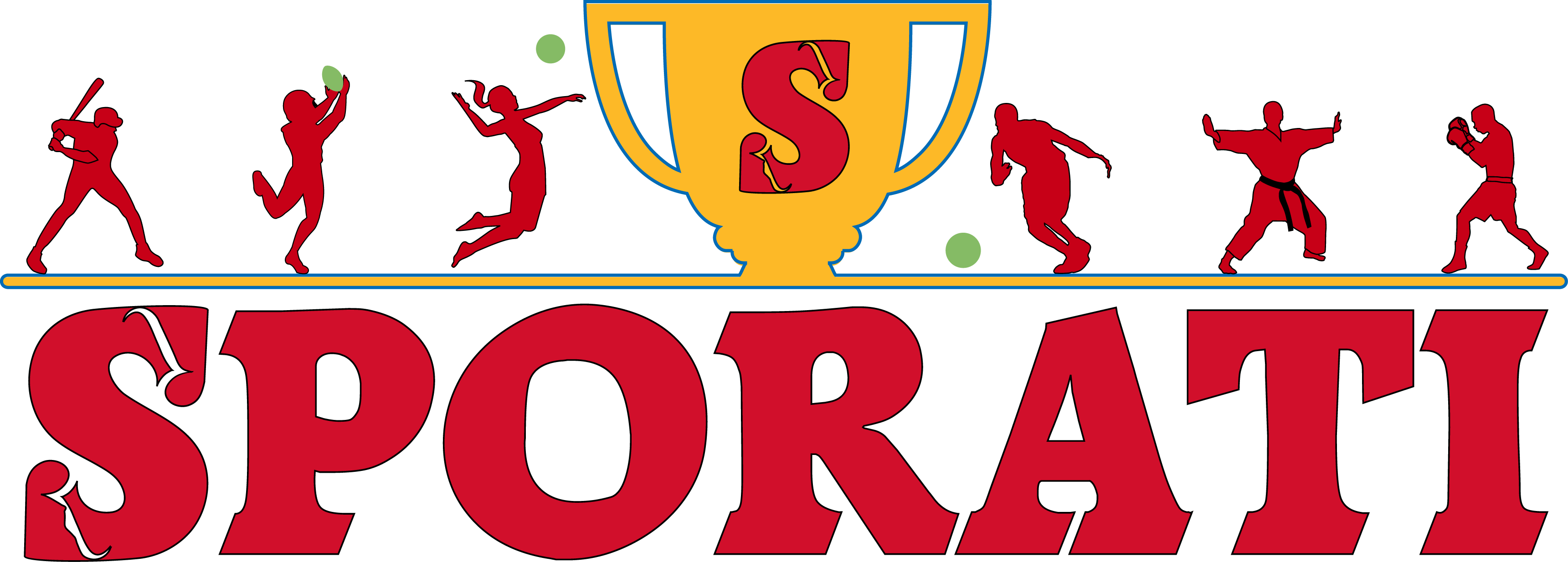New York Could Host 2026 Winter Olympics Events in Unexpected Turn
NYC Winter Olympics Hope
The thought of New York City hosting a Winter Olympics is enough to make anyone do a double-take. Metro-area skiing and snowboarding? Ice skating in Manhattan? Could this be real or just an overly ambitious fantasy? Well, the latest news has fans of icy competition buzzing with excitement: there’s a very slim chance that a slice of the 2026 Winter Olympic Games could land in the Big Apple.
What’s the buzz about?
This intriguing development seems to have popped up as a result of ongoing discussions within the Olympic sphere as Italy prepares to host the 2026 Winter Games in Milan and Cortina d’Ampezzo. Facing some logistical challenges, particularly with hosting the bobsled, skeleton, and luge events, Italian officials have floated the idea of relocating these high-speed competitions to a venue outside the host nation. And guess who’s on the shortlist? None other than our very own Lake Placid in upstate New York.
Lake Placid, of course, is no stranger to Olympic glory. The quaint Adirondack village has hosted the Winter Olympics twicein 1932 and 1980and remains a mecca for winter sports enthusiasts. Its Olympic-class facilities and history make it a natural fit for these gravity-defying events, which require highly specialized tracks that not every country is equipped to maintain.
Lake Placid’s legendary track record
While the idea of NYC proper hosting ski jumps in Central Park or slalom courses down a snowy Times Square is a bridge too far, the inclusion of Lake Placid in any Olympic conversation isn’t just nostalgic; it’s practical. The Olympic Sports Complex in Lake Placid still boasts one of the few working bobsled tracks in North America. The facility has served national and international competitions for decades and remains a classic venue steeped in tradition. Plus, it adds a nostalgic nod to the “Miracle on Ice”, when the U.S. men’s ice hockey team shocked the Soviets during the 1980 Winter Olympics.
For Italy, the decision to outsource the sliding events would solve logistical headaches while ensuring that athletes have a world-class stage. For New York, it’s a unique opportunity to step back onto the Olympic scene. What’s not to love?
A logistical tango
But it’s not as straightforward as it seems. Relocating events thousands of miles from the host country raises eyebrows and questions. Are we bending Olympic traditions too much? Will fans embrace such a split-host model? And aren’t there closer venues to Milan than New York?
The International Olympic Committee (IOC) is no stranger to finding workarounds to logistical problems. Recent host cities have wrestled with rising costs and infrastructure challenges, prompting more creative solutions. Lake Placid, with its existing facilities and deep winter sports history, fits cleanly into the ever-evolving narrative of the Olympics adapting to modern needs. But there’s no guaranteealternatives within Europe are also under consideration.
What’s in it for NYC?
While the actual events might unfold in Lake Placid, NYC could absolutely piggyback on the attention. Picture this: high-energy Olympic watch parties in Times Square, themed pop-ups, or even some athlete appearances in the city during non-competition days. If this becomes a reality, New Yorkers could find themselves smack dab in the middle of the global Olympic buzz without having to strap on skis themselvesor sidestep yet another construction zone.
Also, let’s not forget the greater state pride. New York as a whole stands to benefit from the economic boost, from tourism in the Adirondacks to city attractions capitalizing on increased foot traffic.
Should we get our hopes up?
As exciting as this “what-if” scenario sounds, let’s not start waxing our skis just yet. The IOC has yet to confirm any relocation of events, and it wouldn’t be a shocker to see Italy find closer alternatives for hosting. But dreaming about the prospect? Totally fair game. The idea itself stirs up a warm sense of New York state pride in the middle of winter chill.
Whether or not this becomes a reality, the buzz surrounding the possibility reminds us of the unifying and electrifying magic of the Olympics. Perhaps one day, we’ll see NYCat least in partnership with Lake Placidlight its own Winter Olympic torch.
Conclusion
As the icy winds of possibility blow through the Empire State, the idea of Lake Placid and New York getting an Olympic encore is as tantalizing as it is uncertain. For now, it’s just a “very small chance”, but if there’s one thing New Yorkers love, it’s chasing long-shot dreams with gusto. We’re staying tunedand maybe we’ll even dig out our curling brooms just in case.
Until then, New York City remains a hub of dreams and possibilities, and if the opportunity arises, rest assured: the Big Apple will serve up Olympic fever like only it can.

